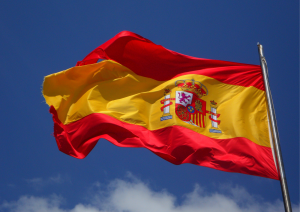In Spain, gastronomy is a fundamental part of the culture, and within it, pinchos and tapas play a key role. Although they are often confused, they have distinct differences in their preparation and the way they are consumed. In this article, MaestroMío will explain what pinchos are and how they differ from tapas. While both are an essential part of Spanish culinary culture, they have unique characteristics that set them apart. Keep reading to discover their differences and learn more about these delicious appetizers.

Pinchos
Pinchos (or pintxos in Basque) are small portions of food typically served on a slice of bread and held together with a toothpick. They are very popular in northern Spain, especially in the Basque Country, Navarra, and La Rioja. You can find them in bars and taverns, where customers enjoy several along with a drink.
Pinchos can be either cold or hot, ranging from simple combinations of cured meats and cheeses to more sophisticated creations featuring seafood, foie gras, or roasted vegetables.
Differences Between Pinchos and Tapas
Although both are small portions of food, there are several key differences:
Presentation
- Pinchos usually have a toothpick to hold the ingredients on the bread.
- Tapas are served on small plates and do not necessarily include bread or a toothpick.
Payment Method
- Pinchos are usually paid for individually, as customers select the ones they want.
- In some cities, tapas are served for free with a drink (such as in Granada or León), although in other places, they are charged separately.
Origin and Tradition
- Pinchos are typical of northern Spain, particularly in the Basque Country and Navarra.
- Tapas have a broader origin and are widespread throughout Spain.
Both pinchos and tapas are an essential part of Spanish cuisine and a great way to socialize while enjoying delicious food. If you visit Spain, don’t hesitate to try both and discover the variety of flavors they offer. ¡Buen provecho! / Enjoy your meal!






